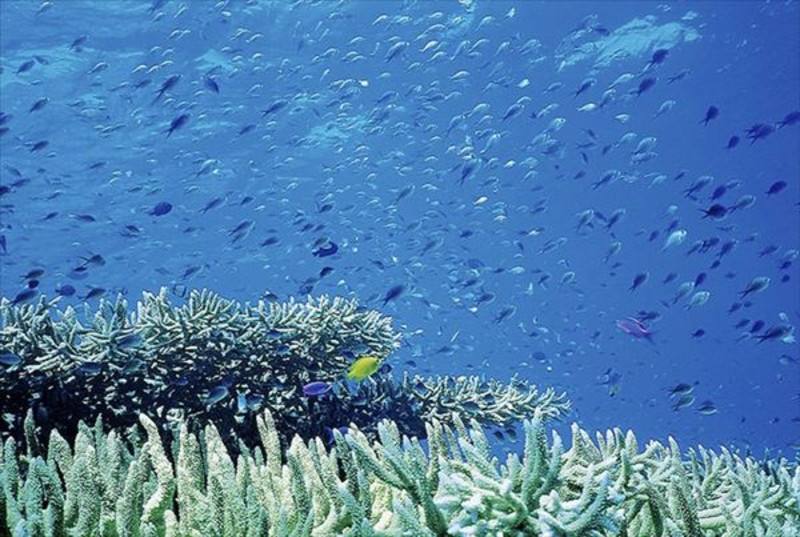As of 1995, some 37,000 industrial-sized fishing ships, plus about a million smaller boats, were between them taking twice as many fish from the sea as they had just twenty-five years earlier. Trawlers are sometimes now as big as cruise ships and haul behind them nets big enough to hold a dozen jumbo jets. Some even use spotter planes to locate shoals of fish from the air.
到1995年,世界上大約有37000越工業(yè)規(guī)模的漁船,加上大約100萬條小型漁船。它們每年從海里的捕魚量是25年前的兩倍。現(xiàn)在的拖網(wǎng)漁船有時候大得很像巡洋艦,后面拖的網(wǎng)大得能裝下十幾架大型客機。有的甚至使用偵察機從空中尋找魚群。

It is estimated that about a quarter of every fishing net hauled up contains "by-catch"—fish that can't be landed because they are too small or of the wrong type or caught in the wrong season. As one observer told the Economist: "We're still in the Dark Ages. We just drop a net down and see what comes up." Perhaps as much as twenty-two million metric tons of such unwanted fish are dumped back in the sea each year, mostly in the form of corpses. For every pound of shrimp harvested, about four pounds of fish and other marine creatures are destroyed.
據(jù)估計,每拖上來一網(wǎng),大約有四分之一是“無意捕獲物”——即因為太小而抓不住的魚,或不該撈的魚,或不該在那個季節(jié)捕的魚。正如一位觀察員對《經(jīng)濟學(xué)家》雜志說的:“我們?nèi)蕴幱谟廾梁诎禃r代。我們只是把網(wǎng)一撤,看看能撈上來什么。”每年大約有多達(dá)2200萬噸這類不要的魚倒回海里,大多數(shù)是以尸體的形式。每收獲1千克蝦,就有大約4千克魚和別的海洋動物遭受滅頂之災(zāi)。
Large areas of the North Sea floor are dragged clean by beam trawlers as many as seven times a year, a degree of disturbance that no ecosystem can withstand. At least two-thirds of species in the North Sea, by many estimates, are being overfished. Across the Atlantic things are no better. Halibut once abounded in such numbers off New England that individual boats could land twenty thousand pounds of it in a day. Now halibut is all but extinct off the northeast coast of North America.
北海的大片海床,每年要被橫銜拖網(wǎng)漁船掃蕩七次,哪個生態(tài)系統(tǒng)也受不了這等干擾。據(jù)許多人估計,北海至少有三分之二的魚類處于過捕撈的狀態(tài)。在新英格蘭近海,原來大比目魚如此之多,分散的漁船一天可以捕撈到9000多千克。如今,大比目魚在美國東北海岸附近幾乎已經(jīng)滅絕。
來源:可可英語 http://www.ccdyzl.cn/Article/201805/552922.shtml











